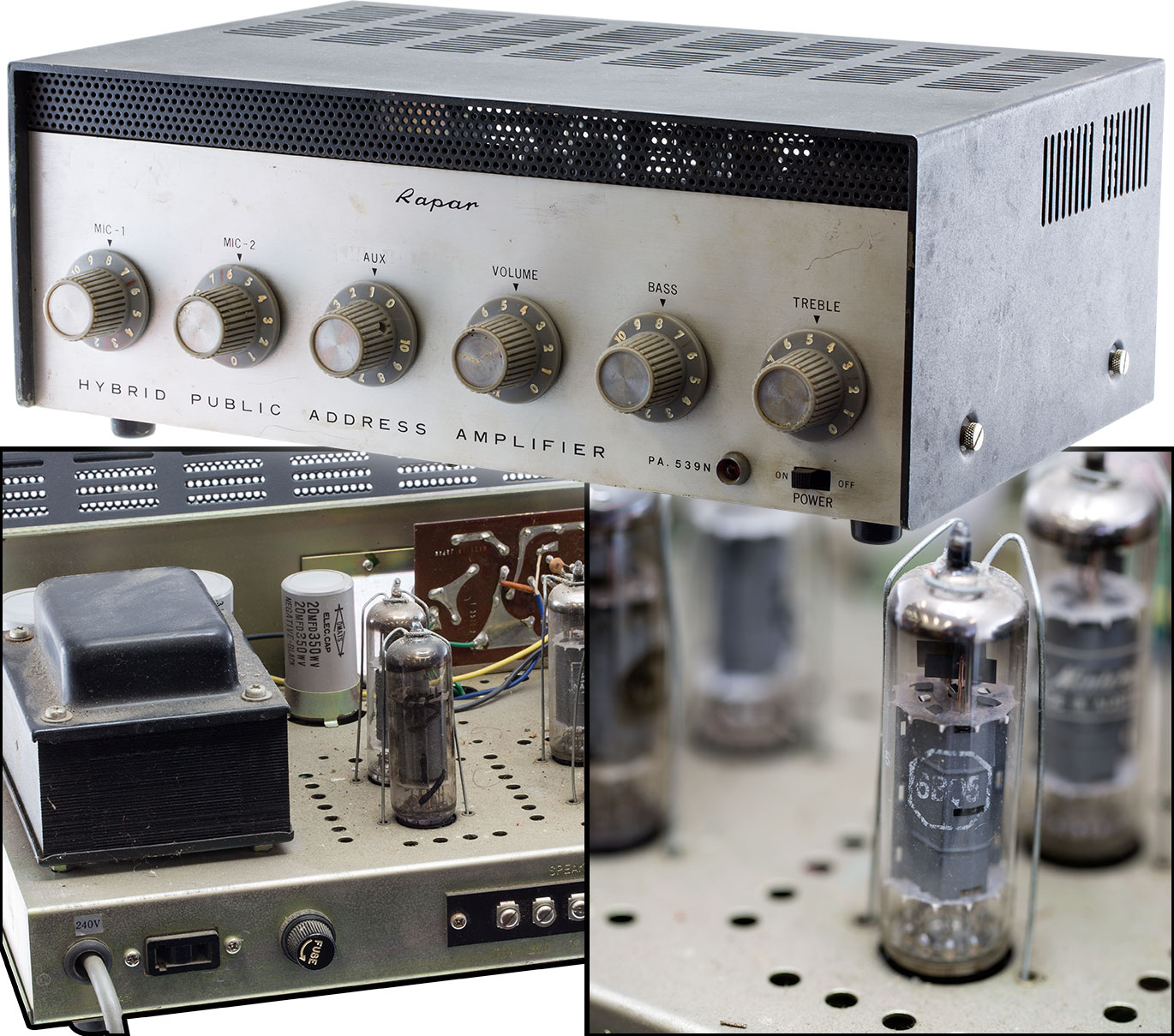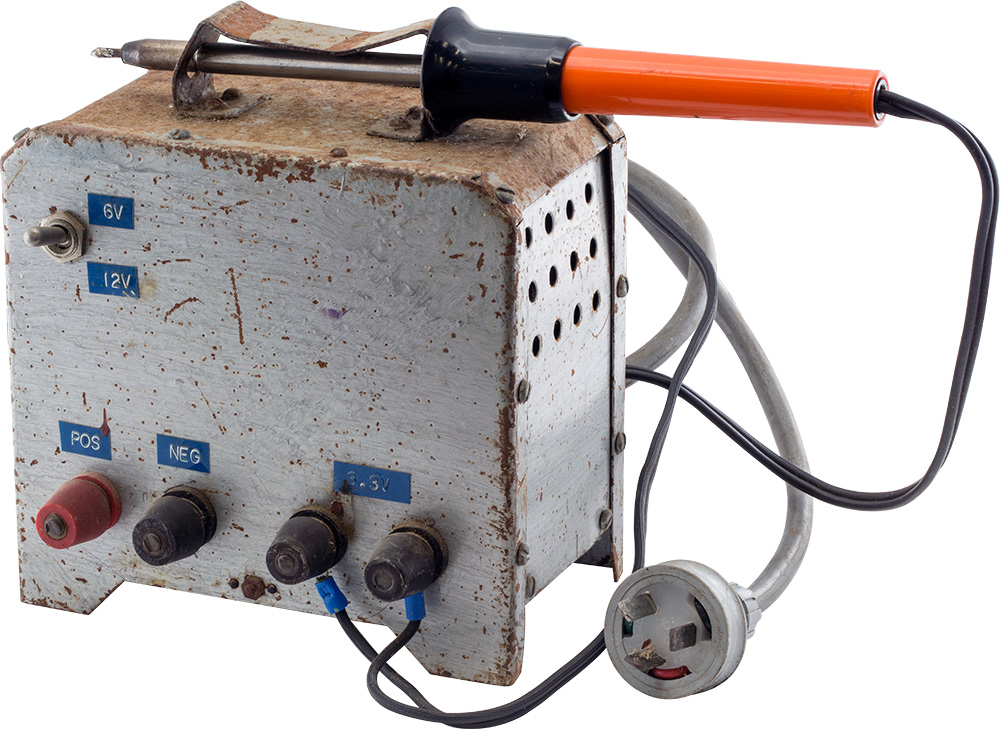
Stephen has been working with us at Radio Parts for the last 32 years. Initially in our dispatch department; packing parcels and entering connotes for couriers on each individual parcel, he soon transferred to sales when we found that he studied electrical and electronics and his technical knowledge was on par with the best of them.
Stephen’s number one hobby is, you guessed it, electronics. In his spare time he works on projects such as, valve amplifiers, valve radios, valve AM transmitters and MOSFET FM transmitters. He also restores valve radios and amplifiers and is a long time member of the Historical Radio Society Australia.
Rapar PA Amplifier

One of his prized possessions is the original RAPAR PA amplifier which was a Radio Parts brand manufactured during the early 1970’s. Here is what Stephen has to say about it:
"On the front panel it has 2 microphone volume controls, auxiliary control, (master) volume control and separate bass and treble control. It also has an indicator light and slide on-off power switch. On the back panel it has 2 microphone inputs (6.3mm sockets) and an auxiliary input ( RCA socket ). Speaker output terminals are: common, 8 ohms, 16 ohms, 250 and 70 volts line. It is strange to have a 250 volts line output. It has 4 transistors for preamp and audio mixing and 5 valves. The valves are 6AQ8 possibly for phase splitting and 4 6BQ5 output valves. Each pair is connected in parallel for more watts. Each pair of the output valves are connected to push/pull output with the speaker connected to the transformer. I bought this unit that was an unclaimed repair for $40-$50, while I was working at our former Radio Parts store on Dandenong Rd. Everything is in good nick."
Scope Soldering Iron

The above is a scope soldering iron Stephen built using a standard car SLA battery.
"I made it when I was at school for my Electrical Fitting class. I wound the actual transformer for 6 and 12 Volts. 3.3 Volts 50 Amps for the Scope soldering iron that takes 5 seconds to warm up. Made terminals using Ebonite insulators and also made the cabinet. Used an already wound transformer on a counting machine with handle, covered with lacquer and went to oven for drying. After passing a 2000 Volts insulation test it was then time to connect everything up and put 2 rectifier diodes to convert DC for battery. This unit is 39 years old."